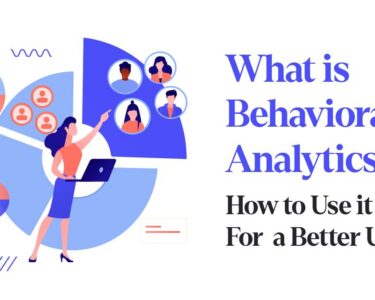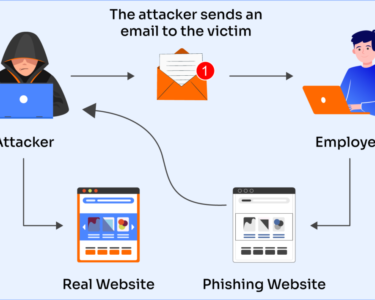
Digital Protection Beyond Firewalls
In the ever-evolving landscape of cybersecurity, firewalls have long been considered the first line of defense against malicious threats. While firewalls remain essential for network security, they can no longer be relied upon as the sole means of protection. To effectively safeguard digital assets, organizations must implement a comprehensive security strategy that goes beyond firewalls.
Limitations of Firewalls
Firewalls operate by blocking unauthorized access to a network based on pre-defined rules. However, they are limited in their ability to detect and prevent sophisticated cyberattacks. Modern threats, such as zero-day vulnerabilities, polymorphic malware, and phishing attacks, can bypass firewalls by exploiting unknown or legitimate connections.
Additionally, firewalls lack the ability to:
- Detect threats within the network
- Protect against data breaches
- Ensure compliance with regulatory requirements
Expanding the Security Perimeter
To address these limitations, organizations need to adopt a multi-layered approach to cybersecurity that includes the following:
1. Intrusion Detection and Prevention Systems (IDS/IPS):
IDS and IPS monitor network traffic for suspicious activities and can detect and block malicious traffic that bypasses firewalls.
2. Endpoint Security:
Endpoint security solutions protect individual devices on a network, including computers, laptops, and mobile devices. They detect and prevent malware infections and provide features such as antivirus scanning, patch management, and firewall capabilities.
3. Cloud Security:
As cloud computing becomes more prevalent, organizations need to implement robust security measures to protect data and applications in the cloud. Cloud security solutions provide visibility and control over cloud environments, enabling organizations to detect and respond to threats.
4. Data Loss Prevention (DLP):
DLP solutions monitor and control the flow of sensitive data both within and outside the organization. They can prevent data breaches by detecting and blocking unauthorized data transfers.
5. Identity and Access Management (IAM):
IAM systems ensure that only authorized users have access to sensitive data and resources. They provide features such as multi-factor authentication, user provisioning, and role-based access control.
6. Security Information and Event Management (SIEM):
SIEM solutions collect and analyze security logs from different systems to provide a comprehensive view of security events. They can detect and respond to anomalies, identify trends, and generate alerts.
7. Incident Response Plan:
Organizations should develop a comprehensive incident response plan that outlines the steps to be taken in the event of a cyberattack. The plan should include procedures for containment, investigation, recovery, and communication.
Conclusion
While firewalls remain an important component of cybersecurity, they are insufficient to protect digital assets from the evolving threat landscape. Organizations need to implement a comprehensive security strategy that encompasses multiple layers of protection, including IDS/IPS, endpoint security, cloud security, DLP, IAM, SIEM, and an incident response plan. By adopting this multi-faceted approach, organizations can strengthen their defenses, enhance threat visibility, and effectively safeguard their digital assets.



